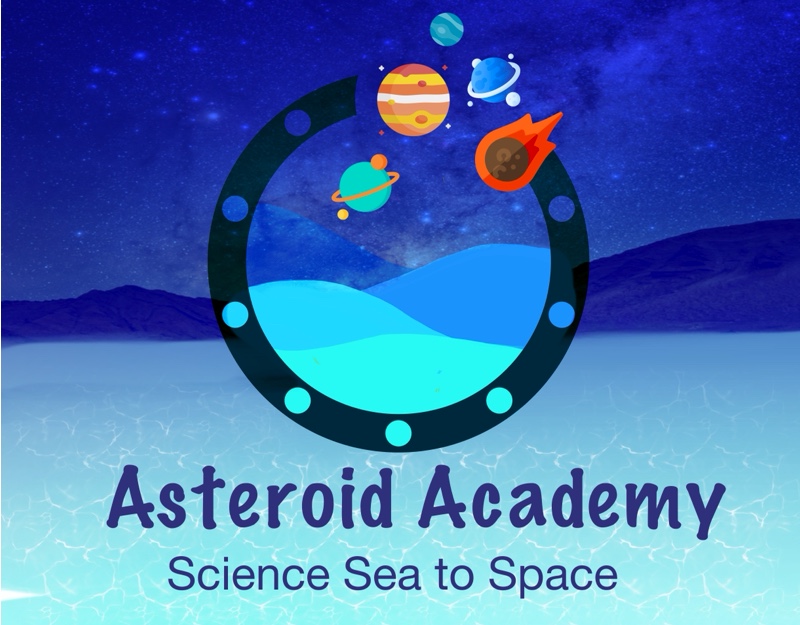
The Oceans | Coral Reefs Module Outline
CRF.A | Architects of the Ocean
We hear a lot about coral and reefs dying, new reefs being discovered, and the effects of coral bleaching these days. Just what are coral reefs and why are they important?
CRF.B | Ecosystem Extraordinaire
Are coral reefs just big piles of living rocks? Of course not! In fact, one reef in particular is the largest living organism on the planet!
CRF.D |How to Build a Reef
Here’s a riddle: When do coral grow on trees? Is that even possible? Check out the answer and get another look at science underwater in our next video!
CRF.E | How to Grow a Reef
Coral reefs are made up of many, many living organisms that can grow and reproduce over thousands of years; but how do they do it?
CRF.G | Global Threats
With a stony covering you wouldn’t think you’d have much to worry about, but there are a lot of threats to coral’s well-being globally. Learn about them and what you can do to help.
CRF.H | Where in the World is the Coral?
Where in the world is coral? Explore the major coral reefs with this interactive map showing locations of some of the world’s most extensive reef systems.











